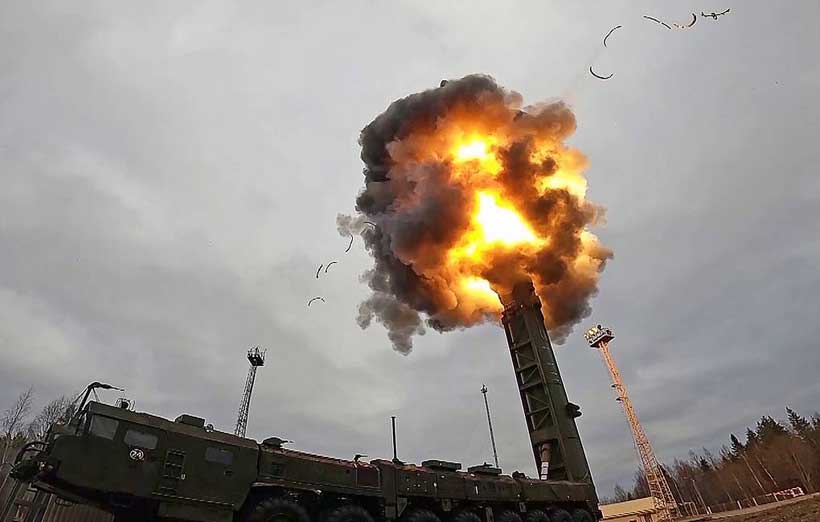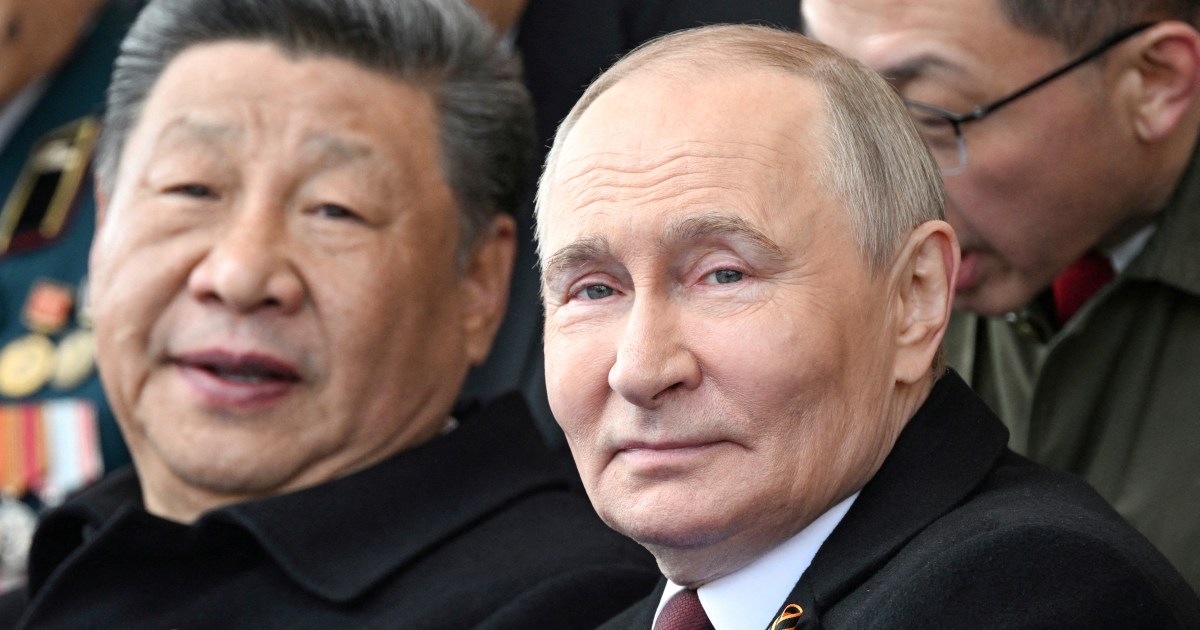The End of New START: Is a New US-Russia Arms Race on the Horizon?
The New Strategic Arms Reduction Treaty (New START), the only remaining bilateral arms control agreement between the United States (US) and Russia, is set to expire on February 5, 2026. The New START, which accounted for 90 percent of the world’s nuclear weapons, was signed in 2010 and entered into force in 2011. The treaty was originally set for 10 years with a further one-time expansion for five years, and this extension option was already availed in 2021. However, after the outbreak of war in Ukraine, the New START was deferred, and to date, its status has remained unchanged. As the treaty is approaching its end, and war in Ukraine continues, the questions about the future of arms control between the two states are arising, and security experts worldwide fear a new arms race between the Cold War rivals. The following article analyzes the evolving dynamic of arms control between the US and Russia amid the Ukraine war, and examines how, if timely measures are not taken, a renewed arms race may be imminent.
In 2022, after the outbreak of the Ukraine war, Russia suspended its participation in the New START treaty due to US military support to Kyiv. Russia accused the US of violating the treaty by attempting to inflict a strategic defeat on Russia. Later on, Moscow also accused Washington of violating the treaty provisions by removing over “100 units of the US strategic offensive arm” from accountability without any verification. In addition, Russia asserted that the US wanted to inspect Russian facilities while restricting Moscow from carrying out verifications on American territory, as promised in the treaty. However, despite the suspension of the treaty, both parties promised that they would adhere to the limits set by the treaty. Whereas the Bilateral Consultative Committee (BCC), established jointly under the treaty, remains inactive. Resultantly, US-Russia relations have reached a low point in arms control measures.
After President Donald Trump returned to the Oval Office for his second tenure, there were hopes of a thaw between Moscow and Washington, especially after the beginning of ceasefire negotiations over Ukraine. Both sides officially signaled a willingness to engage positively on arms control. In February 2025, President Donald Trump said that he wanted to restart arms control discussions with Russia. Simultaneously, American Democratic lawmakers urged the Security of State, Marco Rubio, to renew the New START treaty with Russia. Further, in January 2025, Moscow Spokesman Dmitry Peskov said that Russia wants to resume arms control talks with the US, which is in the world’s interest. And even most recently, when President Trump was asked about the future of US-Russia arms control, he said that he would like to see arms control between the two states. However, as Russia-Ukraine ceasefire negotiations have failed to produce any positive outcomes, there seems to be less interest from the parties regarding arms control talks. For instance, Sergei Ryabkov, the Russian Deputy Foreign Minister, recently told Russian news agency TASS that there are no grounds for a full-scale resumption of New START in the current circumstances. Thus, given the current evolving geopolitical dynamics, a thaw aimed at the ongoing Ukraine war is highly unlikely.
At one point, there was no mechanism between the US and Russia to decide the future of arms control; on the other hand, there are some developments that might provoke a new arms race. According to a Stockholm International Peace Research Institute (SIPRI) 2025 report, both the US and Russia are attempting to upgrade their strategic forces and their delivery means. The US has been investing in the modernization of its nuclear forces on air, land and sea. In 2023, the US Department of Defence procured more than 200 modernized nuclear weapons from National Nuclear Security Administration (NNSA). Furthermore, US President Trump has announced the Golden Dome missile defence project intended to counteract the aerial threats, particularly from Russia and China. Russian Deputy Foreign Minister Ryabkov has called the “Golden Dome” extremely destabilizing, which can act as an impediment in arms control talks.
In parallel, Russia has also been actively upgrading its nuclear forces to enhance its national security. President Vladimir Putin, in 2018, had unveiled the Avangard program, consisting of nuclear armed hypersonic glide vehicles (HGVs) which are nearly impossible to intercept. In response, the US also started developing its long range hypersonic missile, Dark Eagle, to be fielded by the end of fiscal year 2025. Besides this, Russia also announced the development of unmanned, nuclear armed torpedo Poseidon capable of targeting at a longer range of 10,000 km, and an invincible nuclear-powered, nuclear armed intercontinental cruise missile Burevestnik having an unlimited range. Furthermore, Moscow revised its nuclear doctrine in 2024, further lowering the nuclear threshold, and reaffirmed its right to use nuclear weapons in response to any nuclear or conventional attack that jeopardizes the sovereignty of Russia or its allies.
Moreover, the geopolitical developments such as France extending the nuclear umbrella to Europe, the US deployment of the Aegis missile defense system in Poland, have raised concerns in Russia. On the other hand, Moscow has stationed its tactical nuclear weapons (TNW) on Belarus soil as part of its security. In addition, President Putin has announced plans to deploy Oreshnik, an intermediate-range hypersonic missile capable of carrying conventional as well as nuclear warheads in Belarus, which can reach the entirety of Europe. Similarly, most recently, Russia announced its intention to abandon the unilateral moratorium on the Intermediate-range Nuclear Forces (INF) Treaty, citing the deployment of intermediate range missiles by Washington in Europe and Asia. The move came following the announcement of the repositioning of nuclear submarines by President Trump as part of pressuring President Putin to put an end to war in Ukraine. These developments paint a bleak picture of the future of arms control between US and Russia as they not only breed mistrust but also incentivize the states to expand their arsenals in the absence of any verification, leading to a potential Cold War style arms race.
Given the strained relationships between the US and Russia due to on-going Ukraine war, the absence of communication and heightened mistrust, the expiry of the New START treaty with no follow-up or legally binding obligations, could result in both states significantly increasing their nuclear arsenals, exceeding the limits set by the treaty. This arms buildup signals a rapid shift in the geopolitical dynamics, further reducing the prospects of arms control and prompting each side to adopt an aggressive posture. These developments incentivize the states to expand their arsenals in the absence of any verification, potentially leading to the resurgence of a Cold War style arms race. To achieve lasting peace, formal talks between Russia and the US must once again be initiated to settle basic incompatibilities and build a new, holistic arms control regime.


